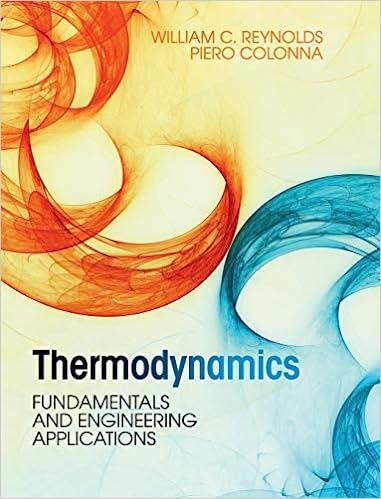- Grading characteristics such as uniformity coefficient (Cu), curvature coefficient (Cc), and the effective particle size (D10) can be determined from a plot of % finer v5. particle size. The distribution curve is called a grading curve. A well graded soll contains particles of a wide range of sizes. - D10 is called the effective particle size and is the particle size at which 10% of the particles are finer. Estimate the D10 from the plot below (size at which 10% is finer). D10= - Estimate D30 (at 30% finer) and D60 (at 60% finer) from the plot. D30= D60= - The uniformity coefficient (Cu) is defined as the ratio of D60 to D10 Estimate the Cu value for the soil Cu= Is the soil poorly graded or well graded? - If Cu is less than 4 , soil is classified as poorly graded - Values greater than 4 means the soil is well graded - A higher value of Cu means the soil consists of particles with different size ranges (This relates to packing factor as those with a greater distribution of particle size can be easier to pack, resulting in a lower porosity. A lower porosity would mean that the movement of water through the soil would be slower than one with a higher porosity.) - The coefficient of curvature is given by: Cc=(D60)(D10)(D30)2 Estimate the Cc value of the soil Cc= - Well graded soils have a value of Cc between 1 and 3 - For any single sized soil mass, the value of both Cu and Cc is 1 - Grading characteristics such as uniformity coefficient (Cu), curvature coefficient (Cc), and the effective particle size (D10) can be determined from a plot of % finer v5. particle size. The distribution curve is called a grading curve. A well graded soll contains particles of a wide range of sizes. - D10 is called the effective particle size and is the particle size at which 10% of the particles are finer. Estimate the D10 from the plot below (size at which 10% is finer). D10= - Estimate D30 (at 30% finer) and D60 (at 60% finer) from the plot. D30= D60= - The uniformity coefficient (Cu) is defined as the ratio of D60 to D10 Estimate the Cu value for the soil Cu= Is the soil poorly graded or well graded? - If Cu is less than 4 , soil is classified as poorly graded - Values greater than 4 means the soil is well graded - A higher value of Cu means the soil consists of particles with different size ranges (This relates to packing factor as those with a greater distribution of particle size can be easier to pack, resulting in a lower porosity. A lower porosity would mean that the movement of water through the soil would be slower than one with a higher porosity.) - The coefficient of curvature is given by: Cc=(D60)(D10)(D30)2 Estimate the Cc value of the soil Cc= - Well graded soils have a value of Cc between 1 and 3 - For any single sized soil mass, the value of both Cu and Cc is 1







